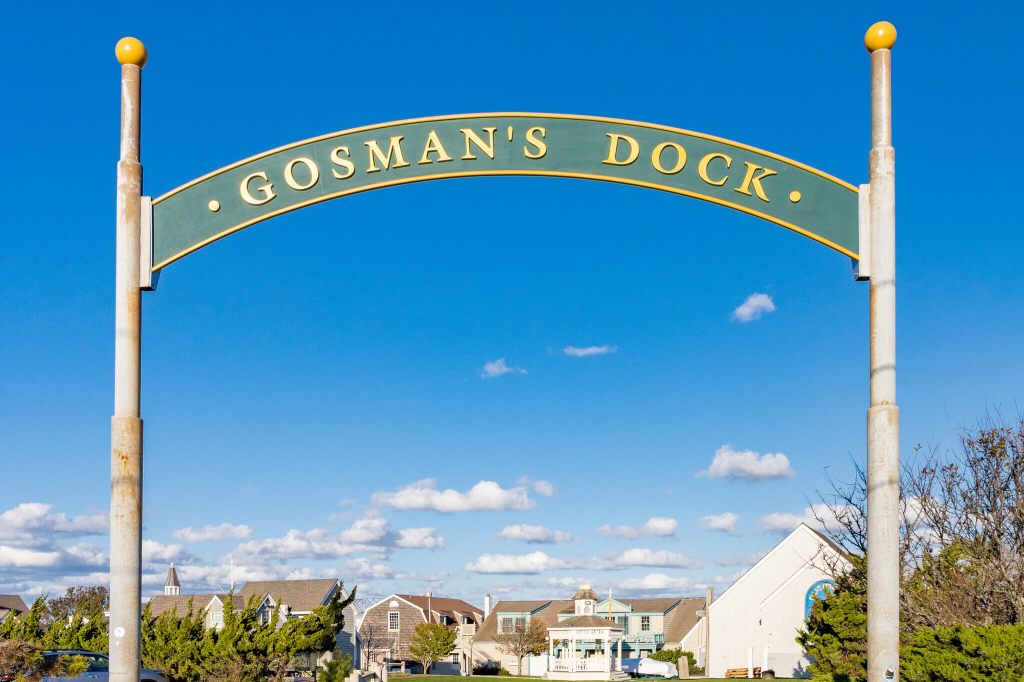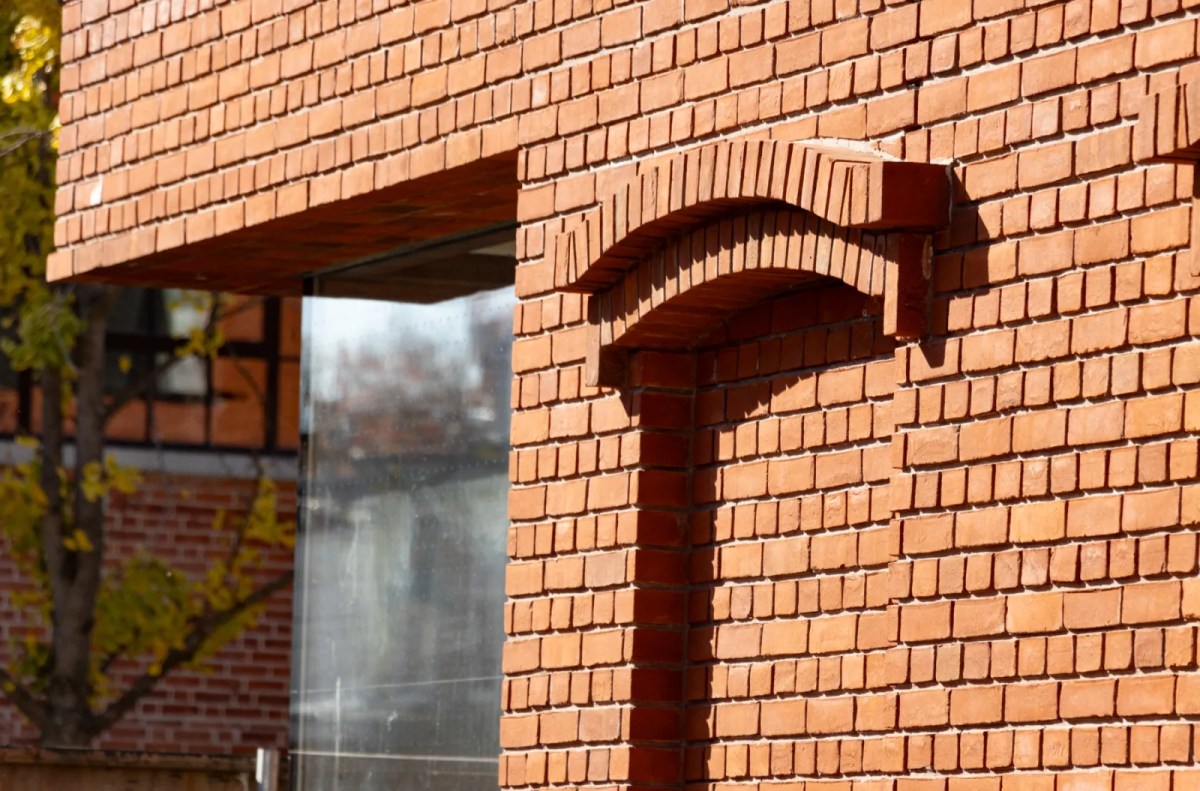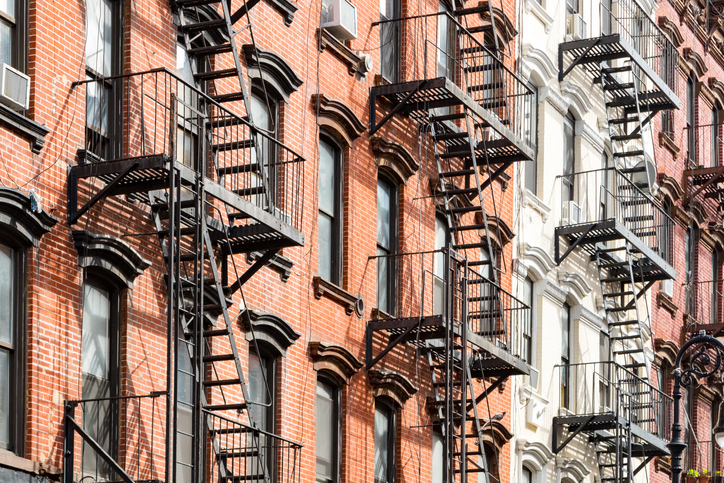
Some Staten Islanders are hoping to get a developer to retreat from a former Jesuit-run haven now that its applications are coming before the city Board of Standard and Appeals.
Next week, the board is slated to take up Savo Brothers’ request to build 163 single-family homes along three private streets, which would be constructed in Mount Manresa, where the Jesuits launched their first retreat house. This vision hinges on the BSA granting variances from rules requiring that residences border public roads that are included on official city maps.
Staten Islanders who spent years mobilizing against development on the 15-acre site acknowledge the impossibility of recouping the historic structures and centuries-old trees that were leveled in recent years. Still, they say the community and its elected officials would have more say in steering Savo Brothers’ project if the streets must join city maps. The additions would trigger the Uniform Land Use Review Procedure, a more comprehensive application that typically culminates in a City Council vote.
“The best thing that could come out of it now would be if they could limit the amount of buildings they want to build there, housing,” said Jack Bolembach, president of the Committee to Save Mount Manresa. “The ideal thing would be to have that portion, where the hillside is, the steepest hill, be protected as a future park. And trees could be planted again there.”

Generally, the city requires that at least 8% of the perimeter of buildings border a public street, which ensures the roads meet city standards, and therefore, can be safely maintained and accessed by public sanitation crews and first responders. However, developers can appeal to the BSA for variances.
City Councilwoman Deborah Rose, who represents the area, said city law allows the BSA to waive the requirements if their enforcement would entail “practical difficulty or unnecessary hardship,” which is laid out in five findings.
“Having read their application, I do not see even an attempt to meet any one of these findings,” Rose said in a statement. “This application is without merit and should be denied.”
Borough President James Oddo agreed, stressing the importance of using the mapping process to have city agencies vet that steps are taken to blunt any increased risk of flooding, congestion, stress to utility and sewer infrastructure and other concerns.
Savo Brothers and its lawyers at Rothkrug Rothkrug & Spector, LLP did not respond to requests to discuss its applications or the larger vision for the site.
The developer intends to construct 121 three-story, two-garage homes and 42 two-story abodes with exterior parking along the 34-foot wide private roads, according to paperwork filed with the BSA.
But Oddo’s office said additional plans suggest the firm, at least at one point, was also looking to build two multifamily residences — one with six- to 10-units, the other with at least 90. His team said the larger of the two would also require signoff from the BSA, but is not currently before the board.
“There are going to be homes built at Mount Manresa. So sometimes I gotta take a step back and remind folks what the fight is,” Oddo said. “What we’re saying is: make sure that the homes, the blocks that they sit on are done as well as possible.”
It is not Oddo’s first skirmish over the site.
Once elected to Borough Hall, Oddo said he suggested Savo Brothers spare trees estimated to be between 300- and 400-years-old by constructing a tall, narrow residence, rather than a sprawling neighborhood. The firm declined, according to Oddo.
Meanwhile, preservationists involved with the Committee to Save Mount Manresa, which formed when Savo Brothers’ contract to buy the site was announced in April 2013, petitioned against the plan, pushed to landmark the estate and fought the matter in court.
Mount Manresa was among only a few parts of the island not converted to farmland, according to Barbara Sanchez, secretary of the committee. Louis Meyer, a wealthy businessman, built an estate there in 1861, which the Jesuits purchased in 1911 for what became their first retreat house, according to a state memo announcing the location was eligible for the National Register of Historic Places. The document highlighted the historic nature of an artesian well, water tower, gate house, iron ore grotto and chapel.
Still the city declined to landmark the site and judges sided against the committee. Within days of its legal victory, Savo Brothers chopped down hundreds of trees, Sanchez said.
Months later, demolition began, but was temporarily halted when asbestos was detected and the investigators hired to check for such hazards were charged with filing false documents, according to the committee.
Oddo refused to issue street address information to the developer while the case was pending, but said he was compelled to do so in court. He then assigned the roads names associated with greed and deception: Cupidity Drive, Fourberie Lane and Avidity Place. The developers unsuccessfully fought the monikers in court.
Still the streets remain relevant, Oddo said, as he mobilized to get the city take a less forgiving stance toward the public road requirements. Staten Islanders should not be surprised to learn they live beside private roads, and therefore, have to collectively cover the cost of sanitation hauling, snow removal and upkeep, according to Oddo.
“The check valve that the government put in was now a gaping loophole, and every project now was a quote-unquote hardship,” Oddo said.
































